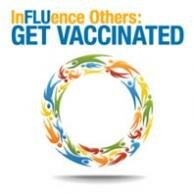Tetanus, Diphtheria, and Pertussis
Are you a Grandparent? Protect your grandbaby by protecting yourself.
What is Tetanus and what are the symptoms?
Tetanus is the result of acute bacterium that affects the central nervous system. This bacterium resides in dust, manure, and soil and enters through breaks in the skin. The symptoms include tightening and spasms of muscles, particularly in the jaw; irritability; and fever/headache, and can result in death by suffocation.
What is Diphtheria and what are the symptoms?
Diphtheria is an acute bacterial disease that affects the throat and the skin. Symptoms usually develop 2-3 days after exposure and include fever, red sore throat, and headache. The disease can cause breathing problems, paralysis, heart failure, and even death. It is highly contagious, if not controlled by vaccine.
What is Pertussis and what are the symptoms?
Pertussis, also known as whooping cough, is the result of acute bacterium that affects the upper respiratory system. It can be spread from person-to-person through droplets in the air and is highly contagious if not controlled by vaccine. Symptoms include intense fits or spells of coughing, and thick, sticky mucus in the throat. Pertussis can lead to other complications, and even death.
What should I know about being immunized for these diseases?
A vaccine called Tdap is available, and immunizes against all three of these infections. It is a booster shot that is recommended for all older adults, once every 10 years. The vaccination is highly effective for the prevention of all three of these diseases.



